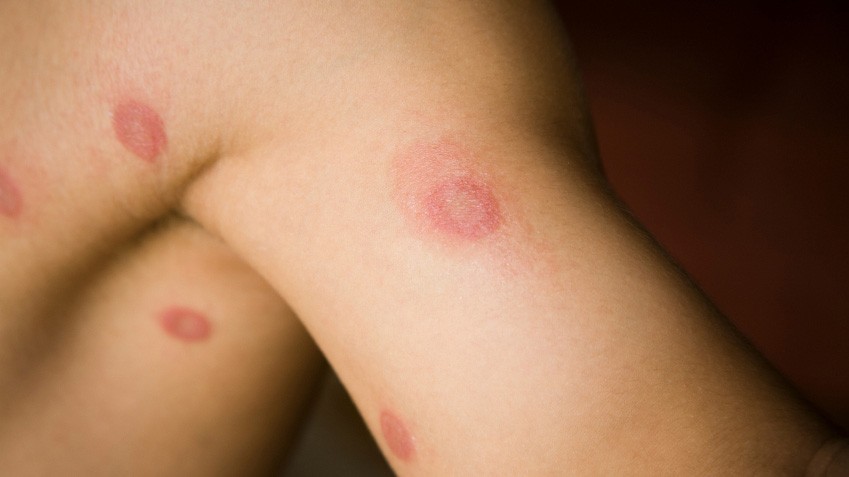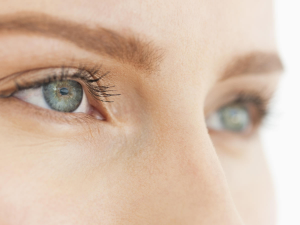
Introduction
Ringworm is also known as dermatophyte or tinea. It is a fungal infection that affects skin, scalp, hair and nail. A key characteristic of this infection is the ring-like rashes at the affected part along with itchiness. If you suspect a fungal infection, make an appointment klinik kesihatan (appointment with doctor) to diagnose the infection and receive treatment. In this article, we will look into detail on what is ringworm infection and what tests are conducted to confirm it.
Causes of ringworm infection
A ringworm infection is highly contagious which can infect humans or animals. Below are the main ways ringworm can spread:
- From an infected human
- One might contract ringworm infection through skin contact or sharing personal items such as towels, comb or clothing with an infected person.
- From an infected animal
- Someone might be infected with ringworm by touching infected pets or animals.
- From the environment
- Environment which is warm and moist such as a swimming pool, locker room, favors the growth of ringworm.
- Touching infected soil.
Signs and symptoms
The symptoms might vary according to the site of infection.
Infection on the skin will lead to red, raised and ring-like itchy patches. If the scalp is affected, the affected area might go bald. Ringworm infection in the nail will cause the toenail to thicken and discolour.
Tests to confirm ringworm infection
Your health provider will first inspect closely at the infected area, along with asking several questions regarding your condition. Apart from this, several tests might be performed to confirm the diagnosis and to identify the organism causing your condition.
- Skin scraping
- Your doctor will first sanitize the affected area and scrap the skin to collect samples. The sample will then be examined under the microscope to visualise the presence of fungal infection.
- Skin culture
- Skin culture is a procedure in which your skin sample is placed in a medium to promote its growth. It is usually performed if the result from microscopic examination is not conclusive. It provides a precise identification of the specific ringworm species.
- Skin biopsy
- Skin biopsy involves collecting a small part of your skin for laboratory tests.
- Wood lamp examination
- Wood lamp examination is a procedure that shines lights on affected area to detect the presence of ringworm infection. It is usually used to diagnose ringworm infection involving the scalp.
Treatment
- General
- Clean the affected area and keep it dry.
- Do not scratch the infected area to avoid infection and scarring.
- Clean your personal items such as towels, socks and bathmats with hot wash of 60 degree Celsius (ringworm cannot survive at high temperature).
- Clean the floor often if walking barefoot at home.
- Antifungal cream
- Application of antifungal cream at the affected area is effective in treating the infection.
- Oral antifungal medication
- Oral medication might be needed if cream does not cure the infection, the infection is severe, or it affects a large or hair area.
Preventive measures
The following preventive measures might help in reducing the spread of ringworm infection and also prevent you from contracting it.
- Do not share your personal items such as comb, towel, personal clothing and shoes.
- Avoid wearing occlusive footwear for a long period of time.
- Wear shoes when in changing rooms, gyms and pools.
Conclusion
Ringworm is a fungal infection. It is contagious and might affect skin, scalp and nail. Depending on the location, infection of the skin usually creates a characteristic feature of ring-like rashes that cause itchiness. Skin scraping, skin culture, skin biopsy and wood lamp examination might be performed to confirm the diagnosis. Antifungal medication is the treatment of choice.



